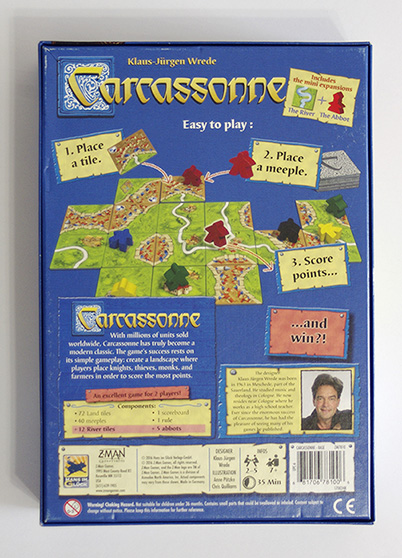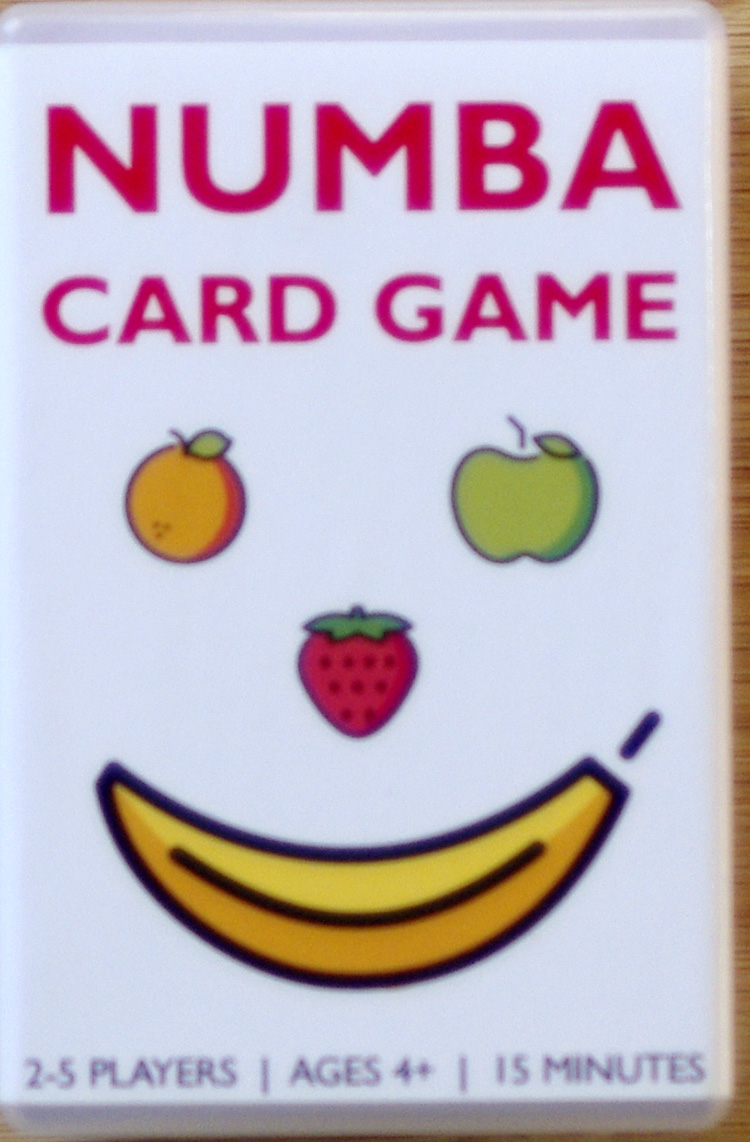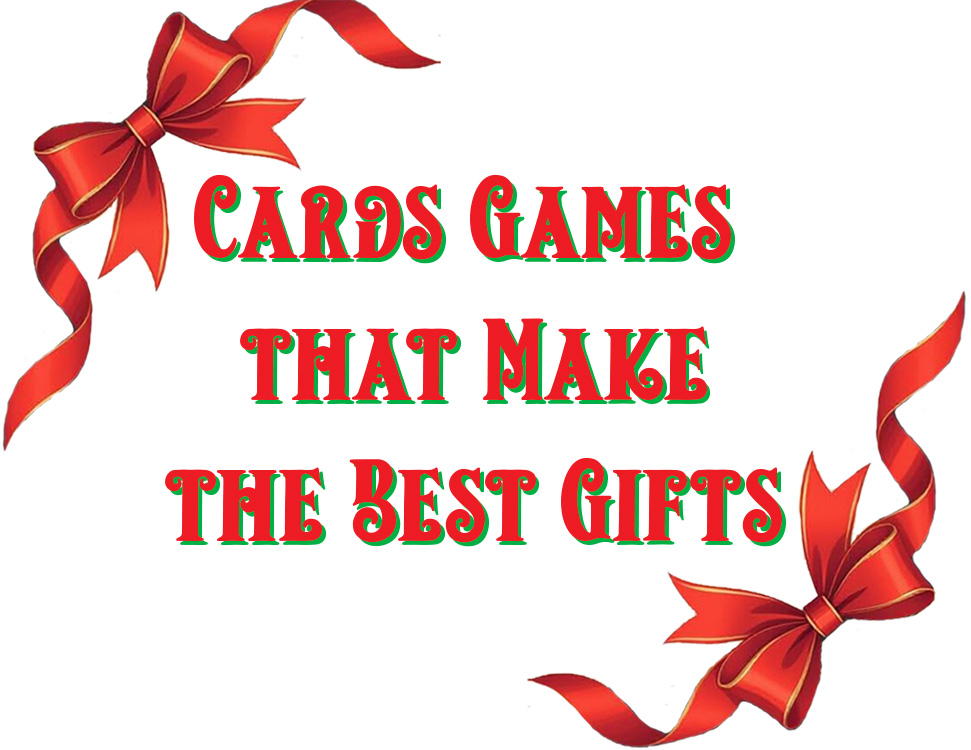I first heard about Carcassonne online. It seemed everyone had it on their must play lists. We were lucky enough to get a copy of it for Christmas.
At first, Carcassonne seemed like a complex game, but once we started playing, we found that it’s not hard to play at all. It has an element of strategy but not so much you spend the forever figuring out your move like Splendor and. It also has an equal amount of luck like Sequence.
In this review we’ll go over the Carcassonne rules, how to play, how to score and if we think you should make room for it on your Family Game Shelf. Let’s get into it.
This post may contain affiliate links. I receive a small commission at no cost to you when you make a purchase using my link.
Object of Carcassonne
The object of the game is to get the most points. You earn points by choosing where to put your meeple–the coloured wooden men. Deciding what to claim is the strategy part.
Setting up Carcassonne
To start the game, there is one tile that is marked specially. This is the starting tile. It is placed in the middle of the playing area. It has a road on it and an opening of a city. The other side of the tile is grass. All the other tiles are stacked, face down, off to the side.
How to Play Carcassonne
On your turn, you choose a tile and choose where to put it and what to claim by placing one of your meeples on it.

What the Carcassonne tiles mean
Road Tiles
If your tile has a road on it, you can place it so it connects to any road that is already placed. If you claim a road, each tile of the road will earn you one point. You can’t claim a road that someone else has already claimed.

City Tiles
If your tile has a city part on it, you can ad it to any city already down. A city is considered closed when it is surrounded by an outside wall. Each completed city piece is worth two points.
But there are special pieces that have coat of arms on them. These are worth 4 points each in a completed city.

You can’t claim a city that already has a meeple on it. But, if two cities merge together and are owned by two different people, then they both get the full points for the city. However, if one player has more meeples on the merged city, then she gets all the points and the other player gets no points.

Monastery Tiles
If your tile has a monastery on it, you can place it along grass. If a monastery is fully surrounded, you earn 9 points.

Ending the game
When the last tile has been placed, the game is over.
Scoring Carcassonne
Although scoring is done through out the game, the bulk of the scoring is done after the last tile is played. Scoring is similar with a few differences. Each road piece is worth one point. Each city piece is only worth one point. Similarly, each coat of arms in an uncompleted city is worth only two points. And each tile that touches a monastery is worth one point.

Winning Carcassonne
The player with the most points wins the game.
Additional plays
When you get comfortable playing, you can add the fields to your play. This adds to the strategy as you can only get one field for the game and it’s scored by how many closed cities are in the field.

Carcassonne is a very popular game and has generated numerus expansions. There are so many add-ons that you can get a Big Box of Carcassonne that has 11 different expansions.
What we Liked
We love that, despite the original learning curve, Carcassonne is an easy to play game. We also like that the game takes the same amount of time to play every time. The box claims 35 minutes to play and it’s surprisingly how accurate that is. We’ve played a lot—with a variety of players and number of players— and it almost always finishes at the 35 minute mark. We also like that there are lots of expansion packs. We haven’t tried any yet but our box came with the expansions of the river and the Abbot. We’ve just started to play with the fields and are looking forward to adding the new challenges when we want to mix things up. We also liked that we’re all on a level playing field—everyone has had their chance to win.
The quality–all the pieces are made to last.
What we Didn’t Like
Without having played Carcassonne before, it was a little pricey. Now that we’ve played we know it was worth the money. The only other thing we didn’t like was that the instructions seemed complicated at first. It would have been so much better had we played it with someone who knew how to play first. This is definitely one of those games that you learn to play by simply playing.
Should you Make Room for Carcassonne on your Family Game Shelf?
Carcassonne is a great family game for grade school and up. It’s equal luck and light strategy makes it an easy to lay game that has lots of playability. We have played this game so many times and can say that this is for sure a favorite on our Family Game Shelf.
To buy your copy of Carcassonne click here. Canadians can buy their Carcassonne, click here.
Like a lot of great games, there are tons of expansion packs–castles, sheep and princesses just to name a few. To check out all the expansion packs, click here. And for all-in Carcassonne fans there the big box that has the base game and 11 expansions.
If you love the Carcassonne game check out Splendor, Sequence and Rack-O. Be sure to visit our Family Game Shelf Shop for tons of fun, original and seasonal games like Whacky Putt and Three Strikes dice game.
Rating:

Carrie-Anne

Julia

Pros: lots of playability, quality, expansions, easy, reliable play time
Cons: complicated to start
Mom: strategic thinking, critical thinking
If you’re looking for other game reviews, check out our Game Review section.
We have great dice games and card games too!
If you’ve played Carcassonne, let us know what you think in the comments below!






One thought on “How to Play Carcassonne”
Comments are closed.